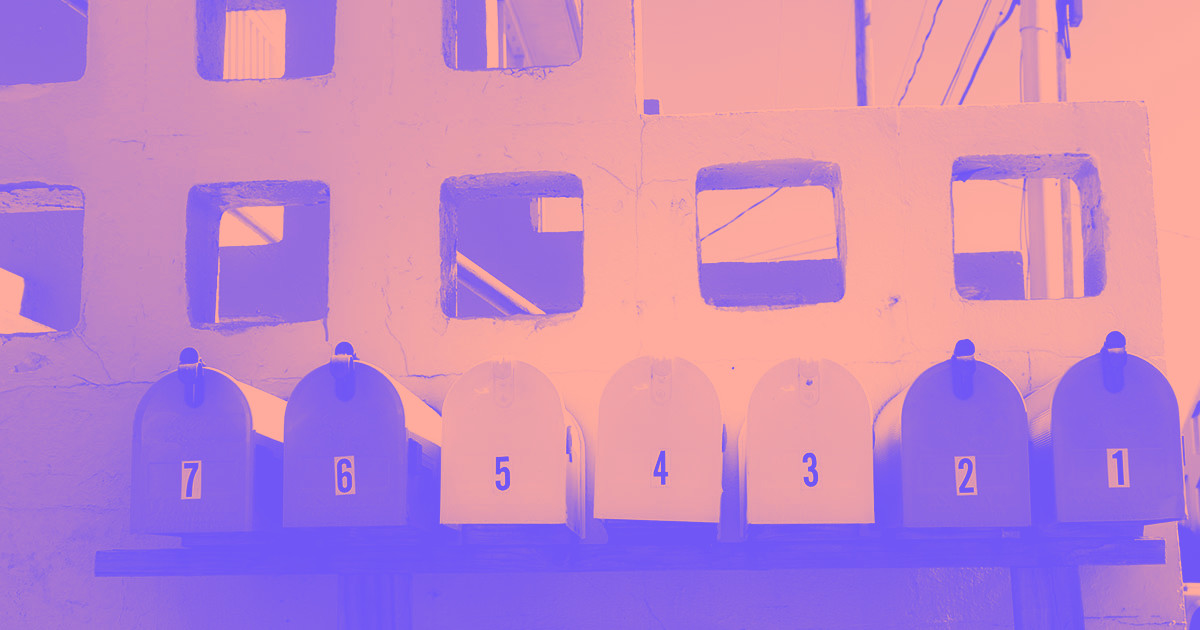Having a good relationship with your client improves the design process, creating an atmosphere of trust and collaboration. But everyone has different styles of working and personalities. Learn what you can do to improve client-designer relationships and set your projects up for success.
How using Maslow’s hierarchy of needs can better the client-designer relationship

Before we dig into our tips, we’re going to take a moment to explore their foundation: Maslow’s hierarchy of needs. Maslow’s pyramid is a motivational theory in psychology that explains the different tiers of basic human needs and wants.
While it may not seem like a perfect model, if simplified, the pyramid gives us an overview of what we require as individuals to prosper. The hierarchy of this pyramid can help us better navigate the client-designer relationship, showing how a mutually beneficial partnership can form when both people get what they require. Let’s take a climb up Maslow’s pyramid and see how each level applies to the client-designer relationship.
Physiological

The bottom level is physiological. These are the basic necessities we need to stay alive, including food, water, and sleep. If you have these covered, you're ready to do things like design and have meetings with clients. But if you don’t, and you overextend yourself with late-nights and junk food, you may hinder your ability to stay focused. Take care of these needs so you can have the energy and peace of mind to be the designer you're capable of being.
Safety
In Maslow’s case, safety has to do with physical safety. But, this can also translate to things like safety in a job, resources, or a housing situation. In a client-designer relationship, both of you need to feel supported and know that your ideas matter. Mutual respect for each others' viewpoints and open lines of communication make for a sense of well being. Psychological safety means that neither of you leads with your emotions. Great clients are great communicators. And open communication makes for a better design process. Your client relationship will be that much stronger when you both feel secure.
Love/Belonging
Love and belongingness makes up the third level. Don’t let that word love throw you off — this stage is about friendship and a sense of connection. If you and your clients’ personalities clash, the design process can suffer from the lack of any sort of bond.
We’re not saying you need to be best buds with your client. But at the heart of any relationship is trust and acceptance. It makes for a better working relationship knowing your client trusts your abilities.
Esteem

So let's climb up Maslow's pyramid up to the next stage — esteem.
Self-esteem, confidence, achievement, and respect are the pillars of this tier. A good client-designer relationship should have both parties secure in their self-worth. A client wants to feel good about their progress in a project and have the confidence that they’re fulfilling their role.
Like any relationship, you shouldn’t feel cruddy about yourself. Both you and your client are there to boost each other up and support each other in making a project the best it can be. Avoid being dismissive, and don't undercut your client’s input and ideas. Doing so could leave your client with a bad experience — slowing down the design process. If the way your client treats you makes you question your value, you’re going to struggle with the process.
Self-actualization
Going up to the very top of the pyramid is self-actualization. Okay ... stay with me.
Maslow states that this level is, “to become everything one is capable of becoming.” And in a client-designer relationship, that concept applies to whatever you’re creating.
This means that both client and designer need to do everything in their ability to be good communicators and collaborators. Doing so will allow them to create a better working experience and ensure that they’re successful at going from idea to end product.



















Why your design team should use Webflow
Discover how design teams are streamlining their workflows — and building better experiences — with Webflow.
7 tips to help build quality client-designer working relationships
Being a designer means more than just knowing how to create a functional and aesthetically pleasing website. It also means being an effective communicator, a great teacher, a leader, and a generous service provider.
Let's dive into 7 tips on how to improve your working experience:
1. Teach your client how to work with you

Your style of working may be different from other designers your client has worked with. They also may have never worked with a full-time freelancer. Whatever the situation, it's up to you to communicate your process, whether that’s feedback you need, project scope, or a timeline. You must set these expectations at the start of a project.
Boundaries are a big part of this. For example, if you respond to an email on a Friday night, you’re setting a standard for your collaboration. So, expect more emails on Friday nights. Whatever you do, you’re training your client on what’s acceptable or unacceptable and what they need to do so that you can do your job as a designer.
2. Know your roles
A clients' job is to give a designer what they need to succeed on a given project. This means the client must be able to communicate their own goals and metrics to the designer.
Clients can offer feedback on how things look. But they should avoid micromanaging and focusing on tiny details don't affect the bottom line. These only complicate the process — making a designer’s job more difficult.
In the role of designer, you’re in charge of taking the client’s vision for the project and using your expertise and creativity to make them happen. Being a designer means making decisions not only artistically, but also analytically. You need to take feedback and make necessary changes, but also be able to push back in a polite, logical way when you disagree. Ultimately, the client does have the final say, so choose your battles wisely. Be willing to not get too emotionally invested in your work.
3. Communicate openly and honestly

Knowing that you’re not just telling a client what they want to hear is another way to earn trust. Most people have a pretty good BS detector. If you offer constructive responses to their feedback, instead of just saying “yes” to everything, they’ll have better faith in your abilities. Fitting it back to Maslow’s hierarchy, open communication falls into the category of trust. This is vital in the client-designer relationship.
Like any relationship, communication relies on not keeping things bottled up. Do you have concerns at the beginning of a project? Don’t wait until you’re halfway through it. Does your client like to cancel or join meetings late? Let them know early on how you need proper communication, instead of furiously writing up a 700-word email.
Part of being a good communicator is the ability to listen. Let a client express their thoughts. Take the time to absorb what they’ve said instead of waving them off, or dismissing what they want to say. To feel valued, your client needs to know that you are actually taking in what they’re trying to communicate. It makes for better collaboration when both the designer and the client are on the same page.
4. Be invested in your work
Show your clients that you care. Apathy doesn’t build connections, but rather pushes people apart. You and your client need to be in sync.
Never give up and stop caring about a project. If you find yourself unconcerned with the end result, it might be time to drop the project altogether. You don’t want to waste your client’s time and money, and you don’t want to sacrifice who you are as a designer.
5. Have patience

Most clients aren't designers. They don't have a favorite typeface, best-loved shade of blue, or even know what the golden ratio is. We know that you do, and that’s (part of) what sets designers apart from everyone else.
Your client may not have the right words to communicate what they're looking for. It's your job to guide them by asking them the right questions. Explain yourself in a way that a non-designer will understand. This means taking time and being patient, no matter what the question is.
6. Be prepared
Both you and your client have busy schedules. Maximize your meetings by doing your homework.
You should enter any meeting with a client well-prepared, especially if it's the first meeting. Get to know their brand, check out their web and social media presence, and find out who their competitors are. It's okay if you only get a surface level understanding at first. Talking with clients gives you a chance to ask deeper questions and get a better understanding of the business problems they are trying to solve.
In ongoing meetings, having an agenda will keep client meetings focused and on-track.
7. Be flexible
We know. You spent hours picking out the perfect color palette, found fonts that lock together in beautiful harmony, and moved elements with the precision of a neurosurgeon. There’s only one problem. Your client isn’t into it.
Don't take it personally — you’re not a terrible designer. It just means that your client isn’t seeing how it’s going to meet the problem they’re paying you to solve. Step back from this painful pinch to your ego. Take in their feedback. Understand why they don't like it. Any collaboration involves some level of compromise.
Good relationships take work
You’re not always going to see eye to eye with your client. And sometimes personalities differ. Building a relationship with your client takes effort. You need to understand their perspective and what they value. Trust and communication are at the core of productive collaboration. Build that foundation first, and you’ll create amazing things together.































